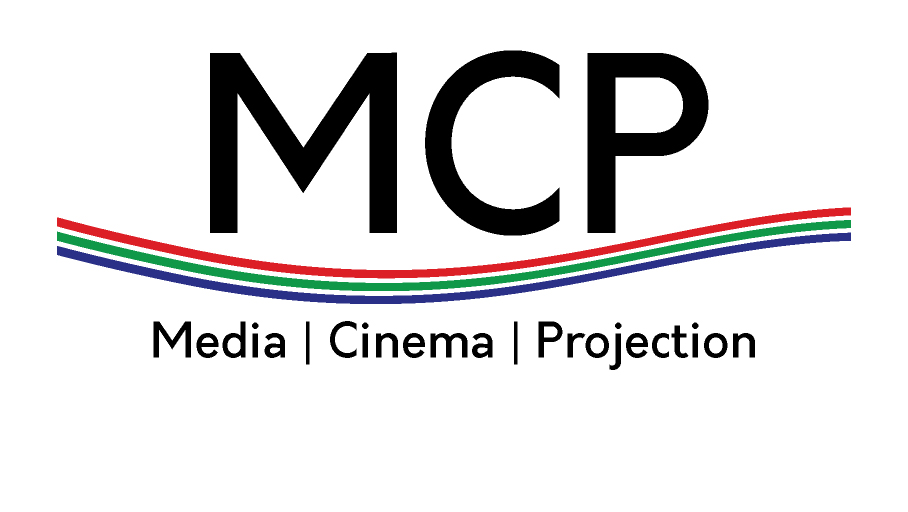A couple of weeks ago, I saw a video on LinkedIn of a projection mapping project at a restaurant in New York City. It was gorgeous, powerful, it told a story and evoked emotions in the intended audience. In our AV language, we would say it created a real experience. For me, and maybe others, it launched new ways of thinking about how projection mapping can be used. The video I am referring to can be seen here. (Trust me, it’s worth viewing.)
The project was developed by Bravo Media, headquartered in New York City. I reached out to David Title, a partner at Bravo Media and talked to him about the project, the company and what they try to do. Interestingly, Bravo Media straddles the fence of being in the AV industry. Clearly, much of their work (if not all) needs AV in order to be delivered, and they have experts on hand that know the technology. However, their main focus is on storytelling and being sure that their work engages the intended audience. To that end, just like an integrator, they spend time with their customers discussing each project. They make on-site visits to determine what is technically possible and what will be a challenge. Just like an AV integrator, they need to consider lighting, power, movement of people, size and location as factors that determine how the final product will end up. After Bravo has done this initial work, they bring in AV firms and consultants to help with equipment and installation discussions.
The real success story of Bravo Media and other companies like them is that they listen carefully to what their customers need, they provide feedback on what is possible, what a budget would look like and then they provide them a service. The value that Bravo brings is not in the equipment they rent or sell, but rather in the entire end product, the experience. This is where the AV industry can benefit by learning from such companies.
David told me that two big changes have made a difference in the popularity and presence projection mapping in the past few years. The first was the lampless projector. This allows for installs to be in place for a much longer period with significantly less maintenance to maintain the originally designed look and feel of the installation. The second is the saturation of the screen in front of the room. That is now expected, it’s boring and it’s difficult to impress people using it. Yet, the basic work that goes into creating content for the screen in front of the room is the same that goes into making an image mapping project. Video work, animation and storytelling are the same, the “canvas” is the only difference.
Some of the reactions I have seen to projection mapping projects range from, “Wow, that’s cool” to “All that does is show a ‘wow factor,’ but what real use does it have?” To answer that, we first need to get over the belief that the “wow factor” is useless. It is NOT useless. I work in higher ed, and like many industries, we need to do a lot of fundraising. Good fundraising must appeal to people’s emotions and feelings. People want to know that what they are giving to is for a good cause. Telling these stories in a way that makes people say “wow” has great value. Imagine a fundraising event where the people at your table get to see and interact with a story, directly at your table. A story that has likely been cultivated specifically to your philanthropic interests. That is pretty powerful.
Source: Projection Mapping Allows for a New Wave of Creativity – rAVe [PUBS]
